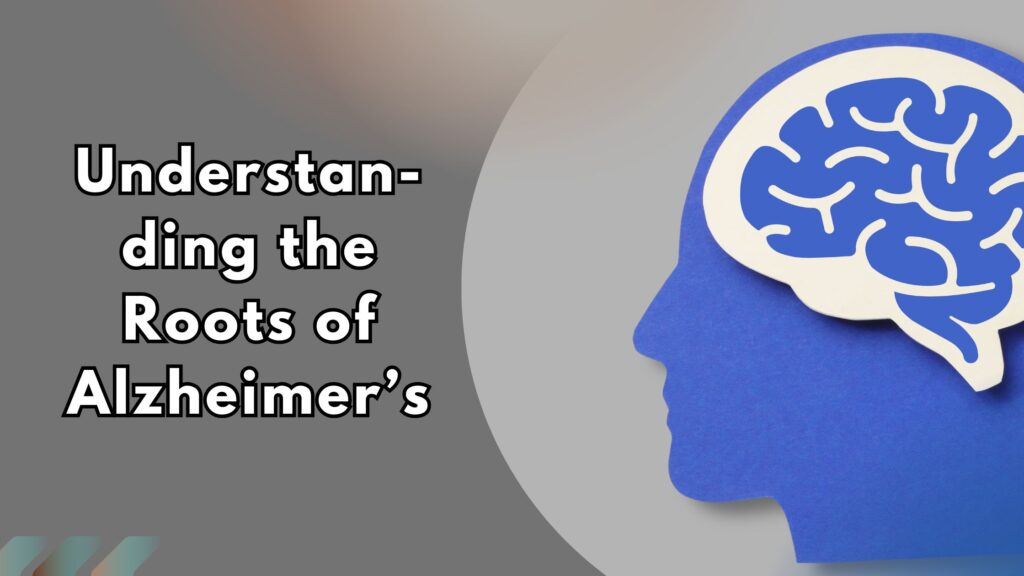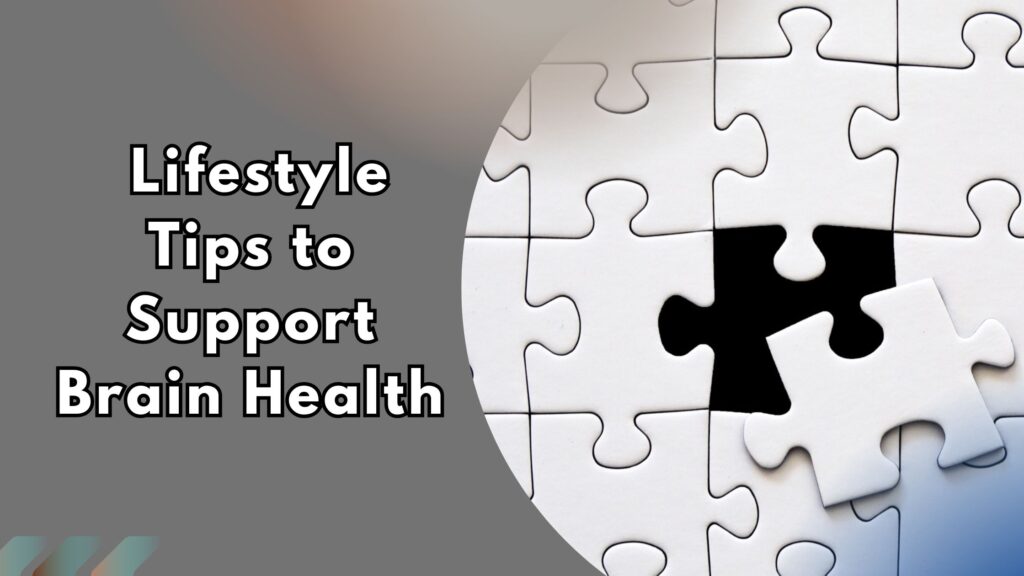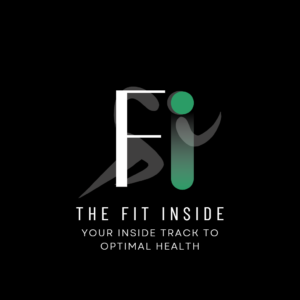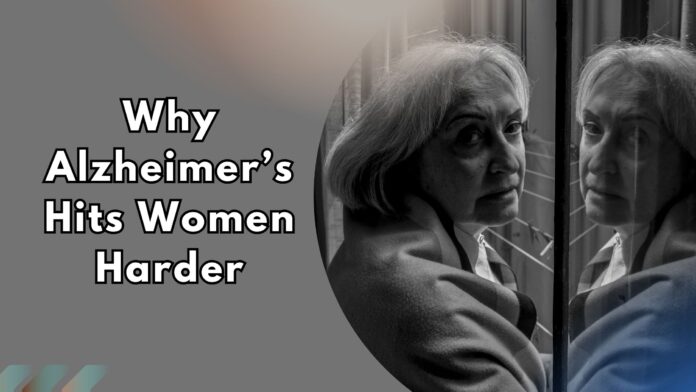It hasn’t been long since the fictional Bollywood movie Saiyara was released, showcasing love, affection, entertainment, and most importantly: Alzheimer’s. Yes, that devastating condition that the character Vaani Batra (played by Aneet Padda) suffered from on screen. No doubt, it feels far harsher in real life than what we saw in the movie. On Alzheimer’s Day, it’s a reminder of how crucial awareness and preventive measures are.
Alzheimer’s is a condition that slowly eats away at the brain and fades memories bit by bit. What makes it even tougher is its irreversible nature. According to the WHO (31 March 2025), it is a type of dementia that accounts for 60 to 70 percent of all dementia cases. Once it begins, the progression cannot be reversed, which makes awareness and prevention all the more important.
Every year, on September 21st, the world observes World Alzheimer’s Day to shed light on this condition and raise awareness for the millions affected. But do you know that it affects women more than men? Yes, women are disproportionately affected, accounting for almost two-thirds of all cases. The stats are harsh, but sadly true. Yet this is not the end of the story. With the right lifestyle, nutrition, and exercise, the risk can be reduced and brain health can be protected. Let’s explore how fitness can make a difference.
Note: This post from TheFitInside is for educational purposes only and is not a substitute for professional medical advice. If you or someone you know is experiencing memory loss or other symptoms related to Alzheimer’s or dementia, please consult a qualified healthcare provider.

Understanding the Roots of Alzheimer’s Disease
Alzheimer’s is the most common type of dementia, and it develops because of a mix of reasons. One big factor is the buildup of two proteins in the brain: amyloid plaques and tau tangles. But that’s not the full story. Things like inflammation, genetics, age, and lifestyle habits also add to the risk. This is where lifestyle changes for Alzheimer’s prevention 2025 become so important, because proactive measures can reduce vulnerability over time.
At first, Alzheimer’s shows up in small ways. You might forget your keys, struggle to recall a name, or lose track of little details. It may not feel like a big deal in the beginning, but as it moves forward, it gets serious. Memory loss becomes worse, and even daily tasks start feeling impossible.
According to Alzheimer’s Disease International, someone develops dementia every three seconds, and Alzheimer’s is the most common form. By 2050, this number in low- and middle-income countries is expected to jump from 60 percent to a staggering 71 percent. And here’s the scary part: advanced Alzheimer’s has no cure, and it can even lead to death, often through complications like infections or pneumonia.

Why are women more vulnerable to Alzheimer’s?
There are many factors that, scientifically and evolutionarily, explain why women are more vulnerable to this. Here are a few major reasons:
Longevity
Age is the biggest risk factor for Alzheimer’s. Since women generally live longer than men, they spend more years in the age group where the disease is most common. This naturally increases their chances of developing it.
Genetic Factors
A certain gene called the APOE ε4 gene is the strongest genetic risk factor for Alzheimer’s. A study by Sundermann et al. shows that this gene increases the risk of Alzheimer’s differently in men and women. Women with APOE ε4 tend to have a higher risk of memory problems and Alzheimer’s later in life. This makes APOE ε4 an important factor in understanding why women are more vulnerable to the disease.
Menopause
When menopause begins, estrogen (the main female sex hormone) starts to drop. Estrogen is important for keeping the brain and its cells healthy. This drop makes the brain more vulnerable to the harmful protein build-up that can lead to Alzheimer’s.
Related: What is Male Menopause!
Changes in the Brain
Women usually have stronger memory networks in their brains. This helps them perform better early in life, but once Alzheimer’s begins, these networks break down faster. Combined with the way women’s brains use energy differently, the disease can progress more quickly.
Other factors, such as cardiovascular health, lifestyle habits, stress levels, education, and social engagement, may also play a role. All of these highlight why lifestyle changes for Alzheimer’s prevention in 2025 are so essential.

Practical Fitness and Lifestyle Tips to Support Brain Health
It’s hard to imagine a life where we start forgetting almost everything. And honestly, there are many of us who could face this one day. But prevention is better than cure, and with small changes in diet and lifestyle, we can lower the risk. Here’s how you can sharpen your brain:
1. Prioritizing a Brain-Fit Diet
A diet rich in Omega-3, magnesium, polyphenols, zinc, and multivitamins is essential for keeping the brain healthy. This means including more fatty fish, green leafy vegetables, nuts, and eggs (all brain-boosting foods) to keep your mind active and sharp. Following lifestyle changes for Alzheimer’s prevention in 2025 often begins with nutrition.
2. Sound Sleep is Crucial
Getting at least 7 hours of quality sleep regularly can help the brain repair itself and lower the risk of Alzheimer’s. Sleep is the best supplement you can give your brain. While it doesn’t directly prevent the disease, it helps flush out harmful toxins like beta-amyloid and tau proteins.
3. Exercise regularly
Exercise improves blood flow to the brain, reduces inflammation, and supports the growth of new neurons. In fact, a study published in the Journal of Sport and Health Science (2020) found that older adults who regularly exercise (aerobic or resistance exercises) are more likely to maintain their cognitive abilities and lower the risk of dementia. Promoting physical activity is a common focus of Alzheimer’s Day campaigns.
Also Read: Top 5 Cardio Workouts for Women!
4. Engaging in Brain-Stimulating Activities
To keep your cognitive functions active and running, you should engage in activities like sudoku, puzzles, chess, learning new skills, or other brain-stimulating practices. Spend at least 1 hour daily in brain-synergizing activities. This will help in strengthening your brain’s neural connections, improving memory, and slowing down age-related cognitive decline.
5. Practicing Mindfulness
Meditation, yoga, and deep breathing can help reduce stress and improve brain function. Plus, regular practice also supports focus, enhances memory, and protects your brain from the harmful effects of chronic stress. Mindfulness is another critical piece of lifestyle changes for Alzheimer’s prevention in 2025.
Quick Recap!
Alzheimer’s slowly eats away at memory and brain function. And women are more at risk because they live longer, carry the APOE ε4 gene, go through menopause, and have brain networks that can break down faster.
The good news is that fitness and small lifestyle changes can make a difference. Eating brain-healthy foods, getting enough sleep, exercising regularly, keeping your mind active, and practicing mindfulness can all help protect your brain and lower the risk. These measures are core components of lifestyle changes for Alzheimer’s prevention in 2025.
Taking care of your brain today can help you stay sharp and independent for years to come. This Alzheimer’s Day, let’s educate someone about how they can protect their brain and improve their life by spreading awareness about this condition.

